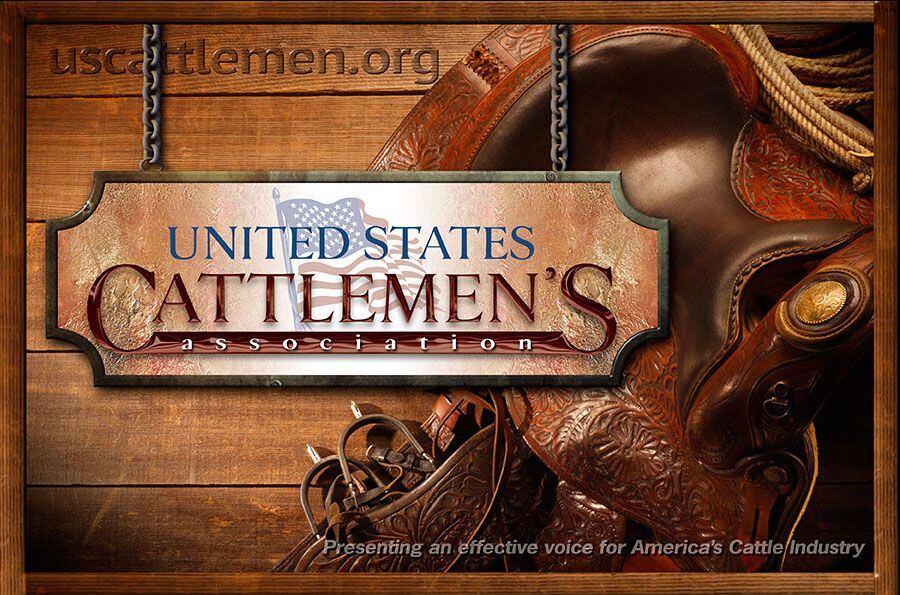No, says attorney Rebecca Cross, because meat is meat, whether it’s grown in-vitro [outside the animal] or in-vivo [inside the animal], and no one in this space is trying to mislead consumers about the origins of their wares.
Indeed, cultured meat brands will seek to actively promote the fact that they are not raising or slaughtering animals, both for marketing reasons (sustainability, animal welfare) and from a desire to be transparent with consumers, predicted Cross, formerly with Davis, Wright, Tremaine LLP and BraunHaugey & Borden LLP and now with Outermost, an incubator for plant-based and cell-cultured food companies launching later this year.
Cross was speaking to FoodNavigator-USA after the US Cattlemen’s Association (USCA) petitioned USDA's food safety and inspection service to restrict use of the terms ‘beef’ and ‘meat’ to products from animals “born, raised, and harvested in the traditional manner."
I would be surprised if the USDA acts on this petition
In the petition, USCA argues that the “absence of a definition of ‘beef’ or ‘meat’ and specific rules and parameters as to what constitutes them is resulting in mislabeling and may lead to consumer confusion [see p12],” but then goes on to argue that there is a definition of both terms, and that cultured products are not consistent with it.
“The petition says both that these products don’t meet existing regulatory definitions and that the definitions need to be changed to exclude them," added Cross.
“The USDA has two regulatory definitions of ‘meat,’ essentially one for purposes of labeling, and another for purposes of inspections. My reading of these regulations is that if the USDA is determined to have jurisdiction, clean meat falls within the definition of ‘meat’ for purposes of labeling, but not for the purposes of inspections, which are geared toward slaughtered animals.
“The USCA is essentially seeking to require that animals be slaughtered in order for companies to use the term ‘meat,’ when consumers are – more and more – seeking products that are slaughter and cruelty-free. I would be surprised if the USDA acts on this petition.”
With regard to plant-based ‘meat’ labeling (with which the cattlemen also take issue) meanwhile, the USCA's petition is “inconsequential” given that USDA has no jurisdiction over these products, regardless of how they are labeled, said Cross.

"First, I think it’s important to note that this petition is on behalf of cattle ranchers, not meat producers. In fact, the petition itself references that meat producers such as Tyson and Cargill, are investing in plant-based and clean meat. And the USCA has admitted that this competitive threat is what prompted their petition, not any evidence that consumers are somehow being misled.”
Rebecca Cross, co-founder, Outermost [incubator for plant-based and cell-cultured food companies set to launch later this year]

“Meat doesn't have a standard of identity. Clean meat is real animal meat that's grown outside of an animal, so it would make sense to call it meat. That said, clean meat producers will want to communicate the benefits of their products to consumers, so it's highly unlikely they'll sell it in a plain cellophane package with only the word ‘meat’ on the label.”
Jessica Almy, director of policy, the Good Food Institute
Good Food Institute: ‘It's highly unlikely they'll sell it in a plain cellophane package with only the word ‘meat’ on the label’
As cultured meat is still ‘meat’ (animal fat, muscle and connective tissue cells grown in vitro instead of invivo), there’s no clear legal reason why companies should not describe it as such, provided labels are truthful and not misleading, added Jessica Almy, director of policy at the Good Food Institute (GFI).
“The government does not have the authority to regulate food labels unless there is consumer confusion. Consumers know exactly what they’re getting when they buy plant-based meats, and we expect that similarly, clean meat producers will have every incentive to communicate exactly what they're selling to their customers.”
As for what ‘meat’ is, she said: “Meat doesn't have a standard of identity. Clean meat is real animal meat that's grown outside of an animal, so it would make sense to call it meat. That said, clean meat producers will want to communicate the benefits of their products to consumers, so it's highly unlikely they'll sell it in a plain cellophane package with only the word ‘meat’ on the label.”

"The labels of 'beef' or 'meat' should inform consumers that the product is derived naturally from animals as opposed to alternative proteins such as plants and insects or artificially grown in a laboratory. Alternative products such as those described above should thus not be permitted to be labeled as 'beef,' which is widely understood by consumers to be the flesh of a bovine animal, such as cattle, harvested for use as food, or as 'meat,' which is understood to be derived from animal tissue or flesh for use as food."
The US Cattlemen's Association
NAMI: ‘We do have questions on how the products will be regulated’
As for meat producers – some of which (Cargill, Tyson) have recently invested in cultured meat and plant-based meat brands – the North American Meat Institute (NAMI) has not taken a formal position, “though we do have questions on how the products will be regulated,” Eric Mittenthal, VP of public affairs, told us.
“A key issue about alternative protein products centers on ensuring a level playing field regarding the regulatory system in which they are produced and how they are marketed.
“Regarding lab grown, animal based products, such products do not appear to conform to the definition of ‘meat’ as provided in the USDA regulations [9 CFR 301.2] and might better fit the definitions of either ‘meat food product’ or ‘meat by-product’ also in the USDA definitions” – a suggestion that did not go down well with Almy at the GFI.
“Meat byproducts are typically things like finely textured meat that's added back to meat as a filler," said Almy. "While one could imagine blended clean meat and plant-based products, it's highly unlikely clean meat will be used as a filler.”
Memphis Meats: Let’s collaborate
So what is the regulatory pathway for clean meat products?
Technically, as cultured meat is a whole food and not a food additive, no pre-market approval would be required, although this would be product dependent.
However, given the novelty of the process and the scrutiny pioneers will face, companies in the space are working closely with the FDA as they approach commercialization, and may put together GRAS determinations (which they can submit to the FDA in the hope of receiving a letter of no objection), predicted one industry source.
Eric Schulze, PhD, VP of product and regulation at Memphis Meats - and former US FDA federal regulator of animal biotechnologies – would not go into detail about the regulatory path forward for clean meat companies, but said new ideas and technologies are “a critical piece of the puzzle needed to sustainably feed a growing global population."
He told us: “We are aware of the petition submitted to the USDA regarding meat labeling and look forward to working with all stakeholders to collaborate on a regulatory framework that appropriately addresses food labeling and safety while continuing to foster innovation in the sector.”
FDA: ‘Cultured meat, if manufactured in accordance with appropriate safety standards and all relevant regulations, could be consumed safely’
The FDA* would not comment on labeling, but with respect to the regulatory framework, said it was “committed to supporting innovation in the food supply,” and encouraged manufacturers to “engage with us to address any questions they may have.”
A spokesperson added: “Given information we have at this time, it seems reasonable to think that cultured meat, if manufactured in accordance with appropriate safety standards and all relevant regulations, could be consumed safely.”
What’s in a name?
As to what language cultured meat brands might use in marketing materials, there has been a concerted and co-ordinated effort by the Good Food Institute and the main players in the space to popularize the term ‘clean meat,’ although critics of the technology typically use less consumer-friendly terms such as 'lab-grown’ and 'invitro.’
The term 'clean' meat – coined both because the meat is cultured in a sterile environment, and because it has a lower environmental footprint, like 'clean energy' – has had some push-back (given the tacit implication that the regular variety is 'dirty) but has become more widely used in the media over the past year.
GFI: Cultured meat deserves ‘clean’ meat moniker
Speaking at FOOD VISION USA last year, GFI senior scientist Dr Liz Specht said cultured meat offered several advantages over traditional meat in that it does not contain bacterial pathogens that pose food safety risks; it has a longer shelf life; it will not suffer from price/supply volatility risks from animal infectious diseases (avian flu, porcine epidemic diarrheal virus); requires fewer inputs for a given quantity of meat, and is "more controllable and tunable," enabling production of only high-grade meats in quantities dictated by consumer demand, rather than by the biology of the animal.
*While FDA has primary jurisdiction over most food, USDA has primary jurisdiction over meat, poultry, and certain egg products, but co-ordinates with the FDA where appropriate to determine responsibility for specific food products.
